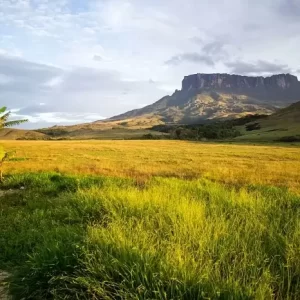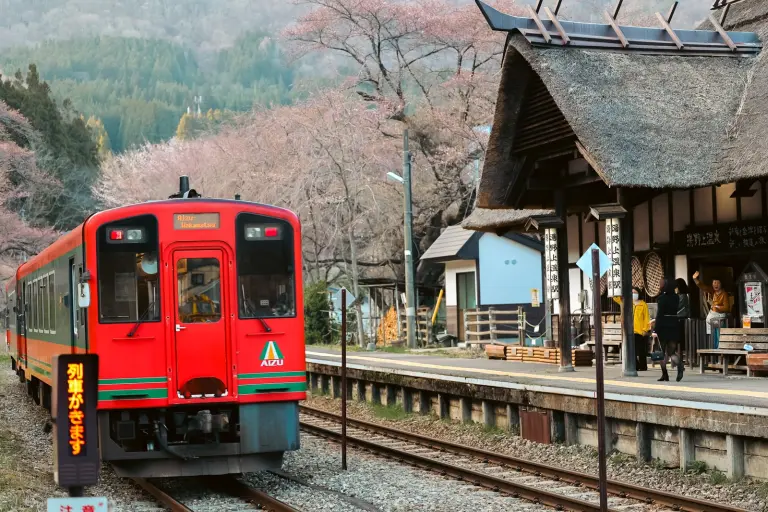Scattered across the remote and hard-to-reach regions of the North Caucasus, Russia, lies a collection of enigmatic ancient stone structures known as dolmens. These are not only architectural masterpieces of the Bronze Age but also gateways to a lost civilization, leaving behind marks that are both astonishing and difficult to decipher.
Dolmens – The “Houses of Dwarves”?
If you travel to the Northwest Caucasus, you might come across structures resembling miniature houses with a unique round hole on the front. Locals call them ispun, meaning “houses of dwarves.” In reality, they are dolmens—large stone tombs dating back to the early Bronze Age, approximately 4,000 to 6,000 years ago.
With over 3,000 dolmens discovered in the region, stretching from Abkhazia to the Taman Peninsula over an area of about 12,000 square kilometers, the North Caucasus boasts the highest concentration of dolmens in the world.
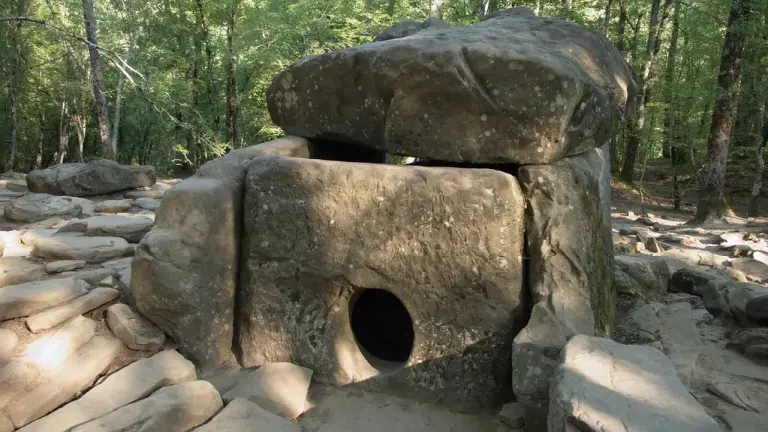
>> Exploring Trabuc Cave: The Mystery of the 100,000 Stone Soldiers
Timeless Architecture
The dolmens stand as a testament to the extraordinary construction techniques of ancient civilizations. Built from massive stone slabs precisely fitted together without mortar or cement, the craftsmanship is remarkable. Grooves carved into the stones fit so tightly that not even a knife blade can pass through them.
In 2007, a modern engineering team attempted to recreate a dolmen using advanced tools but failed to achieve the same precision as the ancients. This adds to the mystery surrounding the skill and technology of the Bronze Age craftsmen.
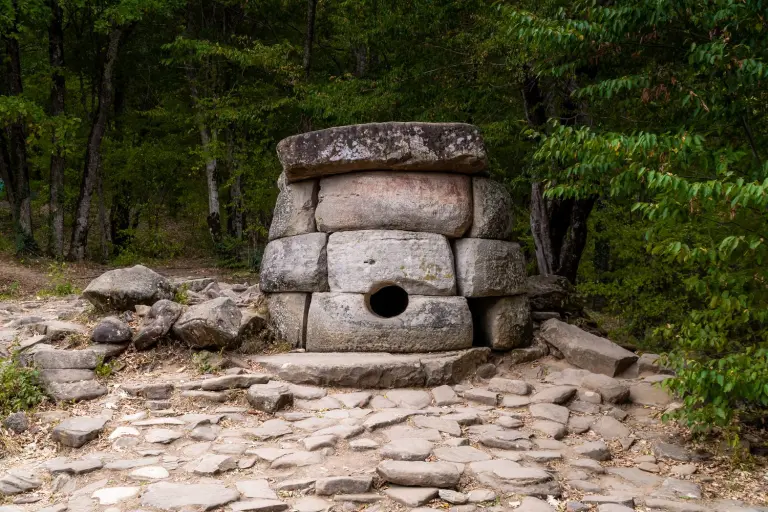
Function and Symbolism
Most dolmens share a similar design: a large chamber, a flat stone roof, and a small window shaped like a square, semicircle, or oval. These windows are thought to have been used for placing offerings or conducting funeral rites.
Some dolmens also feature intricate carvings, including:
- Zigzag patterns, suspended triangles, or concentric circles.
- Depictions of breasts, potentially linked to mother goddess worship or symbols of fertility.
These carvings likely hold deep religious or cultural significance, though their precise meanings remain elusive.
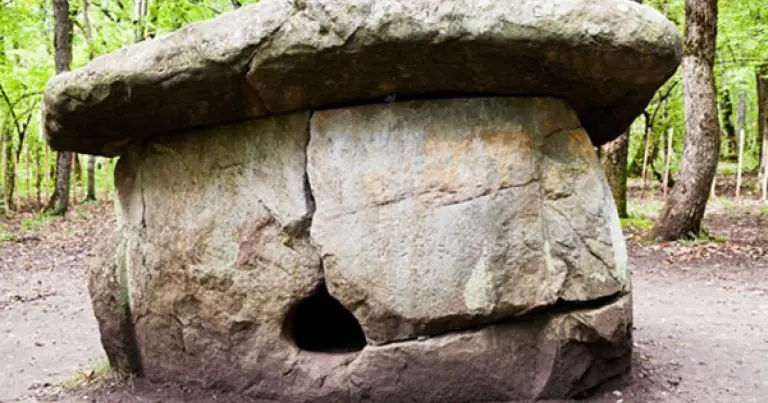
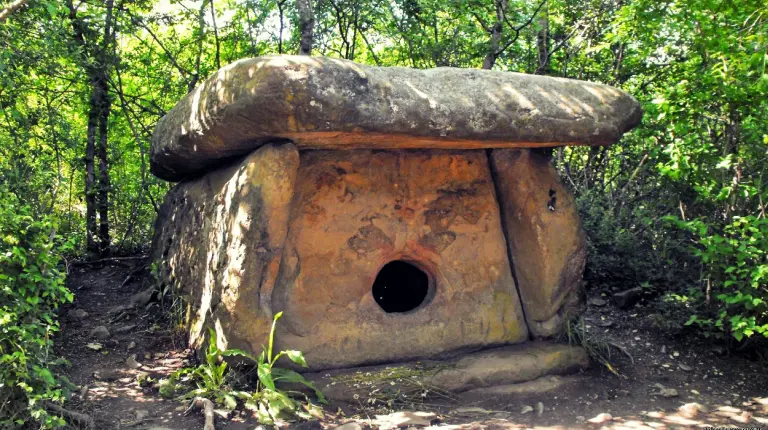
>> The largest stone sphere in Europe in Bosnia: A mystery between nature and man-made origins
Unsolved Theories
The purpose of dolmens continues to be a subject of debate:
- Astrological Rituals or Calendars: Some dolmens align with the rising or setting sun during solstices and equinoxes.
- Family Burial Sites: Some contain human remains and grave goods, suggesting use in funerary rituals.
- Places of Worship or Tribal Ceremonies: Their remote locations on hilltops, far from settlements, support the idea of sacred functions.
The builders of these dolmens remain unknown. Some theories link them to the Klin-Yar culture of the North Caucasus or the Koban culture of the Greater Caucasus Mountains. Others propose that multiple tribes constructed them over centuries, reflecting diverse social structures and beliefs.
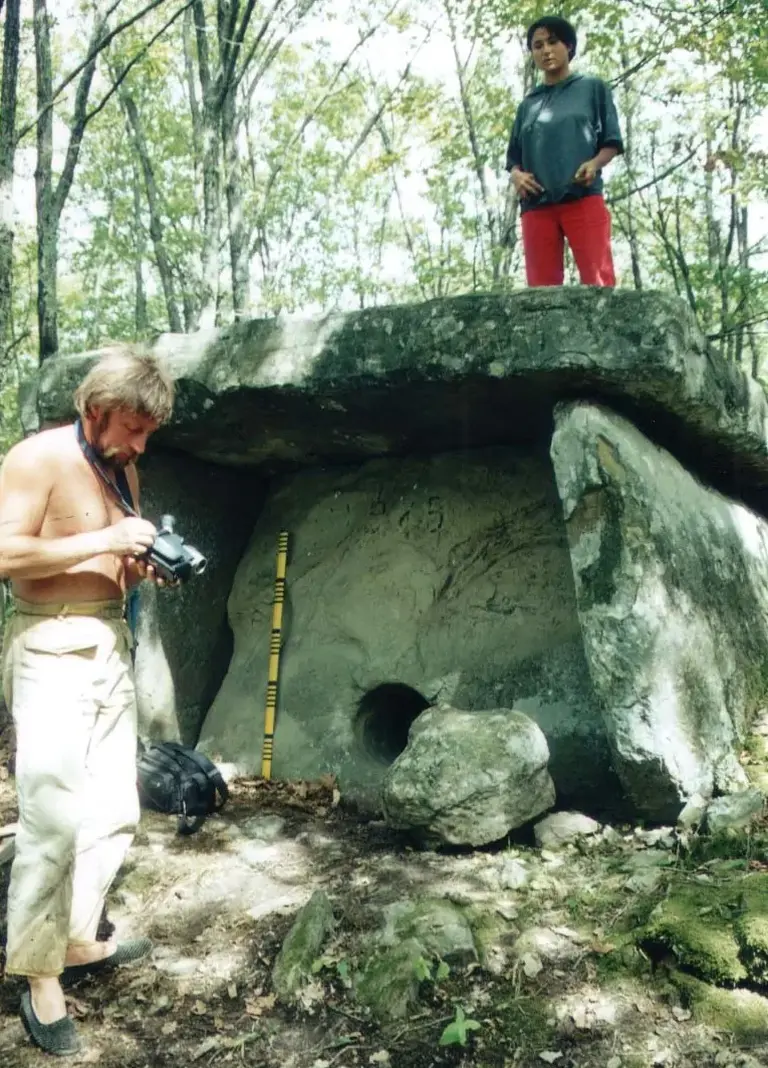
Challenges in Preservation
Despite their immense heritage value, dolmens face numerous threats:
- Natural Erosion: Wind and rain gradually erode the intricate carvings.
- Vandalism and Looting: Many dolmens have been damaged in the search for treasures.
- Urban Development: Modern construction projects endanger the integrity of these ancient structures.
Archaeologists and conservationists are working to protect and study these dolmens, ensuring they endure and continue to narrate the story of a mysterious ancient civilization.
>> ‘Spanish Stonehenge’ Emerges After 50 Years Amid Drought
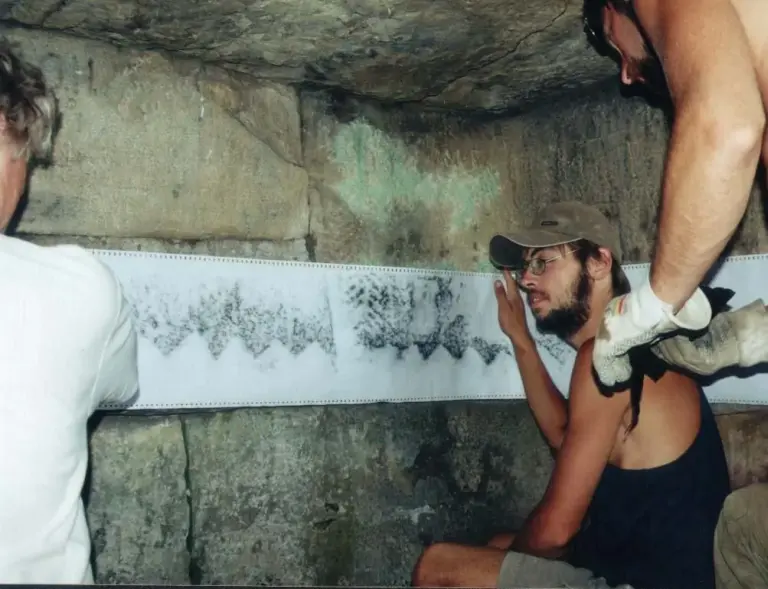
A Mystery Yet to Be Solved
The dolmens of the North Caucasus are more than ancient structures; they are windows into a vanished culture. The people of the past left their mark in these grand stones but offered no explanations.
What drove them to build dolmens with such precision? What is the true meaning of their symbols and carvings? And why are so many dolmens located in remote, isolated places?
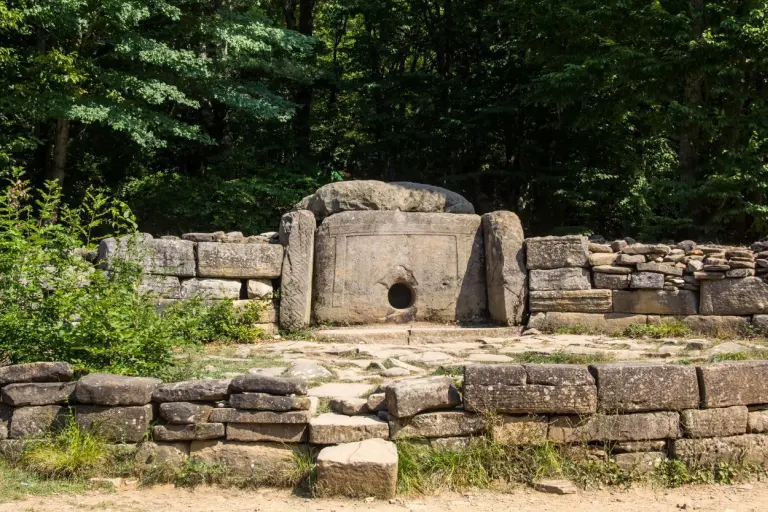
>> Underground Stonehenge: Journey into the 5,000-year-old Dolmen of Soto
Exploring the dolmens of the North Caucasus is not just a journey into the past but an opportunity to connect with a profound and enigmatic chapter of human history. If you ever visit this region, don’t miss the chance to marvel at these ancient monuments, where art, science, and spirituality intersect across millennia.



